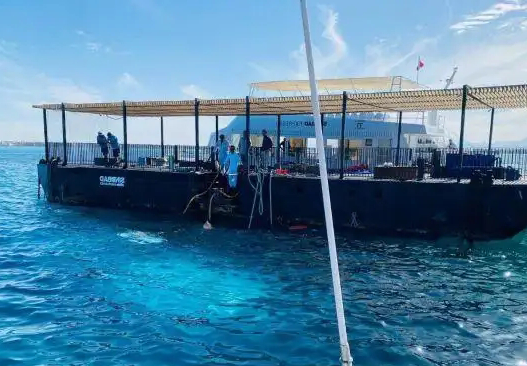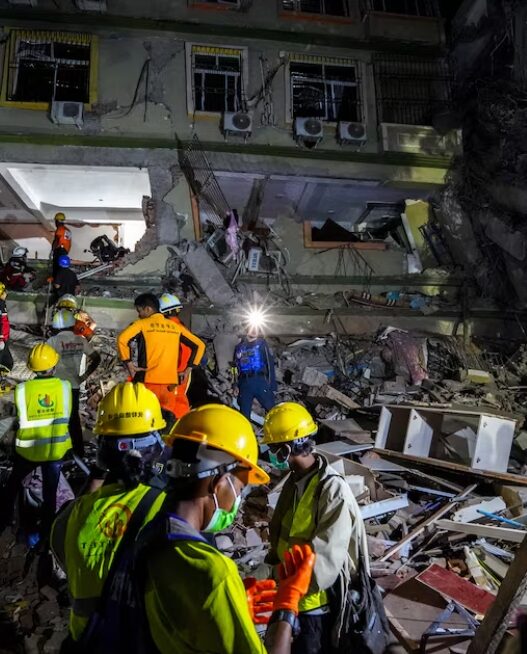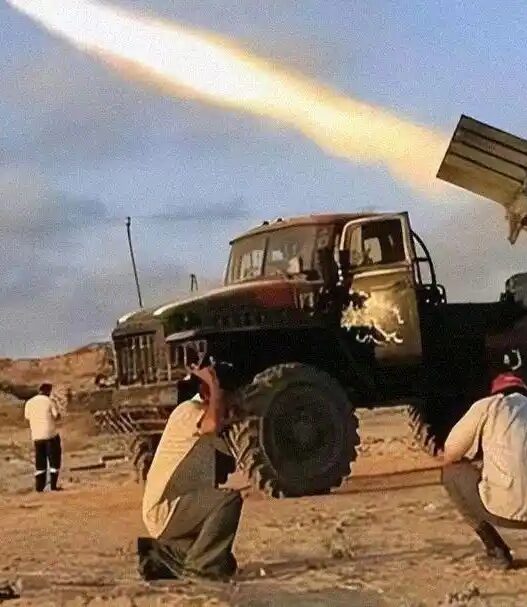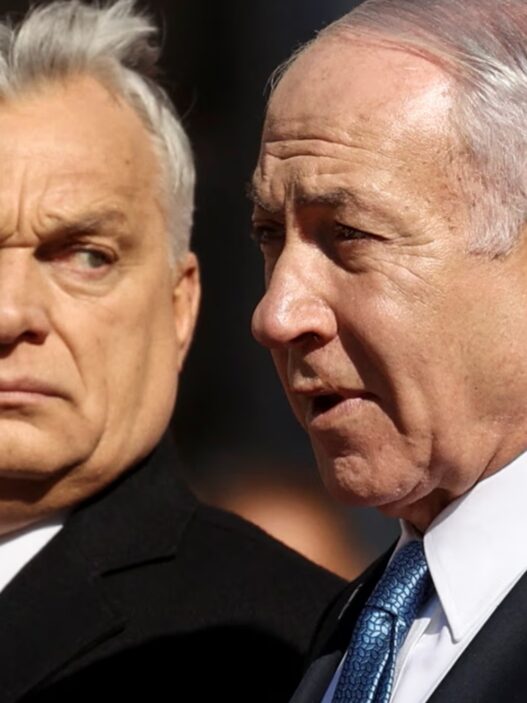Am 26. März unterzeichnete US-Präsident Donald Trump im Weißen Haus eine Durchführungsverordnung. Die Anordnung sieht einen 25%igen Zoll auf alle importierten Autos vor. Diese neue Regelung wird am 2. April offiziell in Kraft treten.
Trump bezeichnet Zoll als dauerhaft
Trump machte deutlich: Der Autozoll ist nicht vorübergehend. Er wird auf unbestimmte Zeit bestehen bleiben. Ihm zufolge gibt es einen einfachen Weg, die Steuer zu vermeiden – die Autos in den USA zu bauen.
Der Präsident erwähnte auch Elon Musk, den CEO von Tesla. Trump betonte, dass Musk den Zoll nicht beantragt habe. Er habe auch keine besonderen Gefälligkeiten im Gegenzug verlangt.
Neue Zölle treffen auch Holz und Medikamente
Neben Autos kündigte Trump weitere Zölle an. Die USA werden neue Steuern auf importiertes Schnittholz und pharmazeutische Produkte erheben. Details wie das Startdatum und konkrete Sätze sind jedoch noch unklar.

Einmonatige Übergangsfrist für Autoteile
Eine gesonderte Mitteilung enthielt weitere Details zu Autoteilen. Der 25%ige Zoll auf importierte Autos beginnt am 3. April um 00:01 Uhr Eastern Time.
Importierte Autoteile werden jedoch nicht sofort besteuert. Die Regierung gewährt eine Übergangsfrist von bis zu einem Monat. Das genaue Startdatum wird im Bundesregister veröffentlicht, spätestens jedoch am 3. Mai 2025.
Einmal eingeführt, bleibt der Zoll bestehen. Er kann nur durch offizielle Maßnahmen geändert, reduziert oder aufgehoben werden.
Einige Autoteile vorübergehend unter USMCA von Zöllen befreit
Details aus dem Weißen Haus
Der Sprecher des Weißen Hauses, Harrison Fields, erläuterte die Funktionsweise der neuen Zölle. Die 25%ige Steuer gilt für importierte Personenkraftwagen und leichte Nutzfahrzeuge. Sie betrifft auch Schlüsselkomponenten wie Motoren, Getriebe, Antriebsstrangteile und elektrische Systeme.
Fields fügte hinzu, dass bei Bedarf weitere Teile später hinzugefügt werden könnten.
Einige Autoteile bleiben vorerst zollfrei. Diejenigen, die die Regeln des USMCA-Abkommens erfüllen, werden vorerst nicht besteuert. Diese vorübergehende Ausnahme gilt bis der Handelsminister Gespräche mit dem US-Zoll- und Grenzschutz führt.
Kanada deutet Vergeltung an
Der kanadische Premierminister Justin Trudeau reagierte umgehend auf die Ankündigung. Er erklärte, Kanada werde nicht schweigen. Das Land bereite eine Antwort auf die neuen US-Zölle vor und könne eigene Vergeltungssteuern einführen.
Trudeau bezeichnete den Autozoll als direkten Angriff auf kanadische Arbeiter. Er äußerte außerdem, er erwarte sehr bald ein Gespräch mit Trump zu diesem Thema.



















